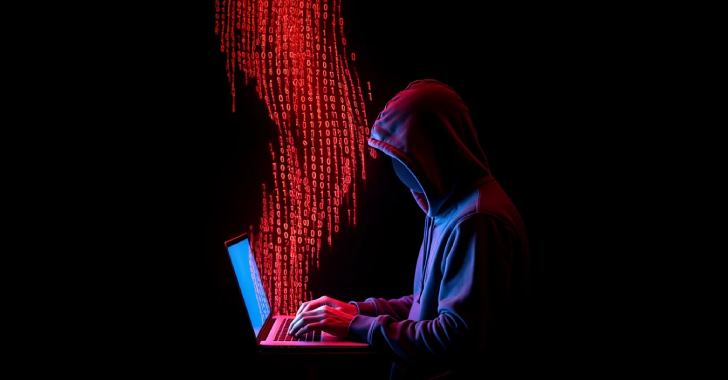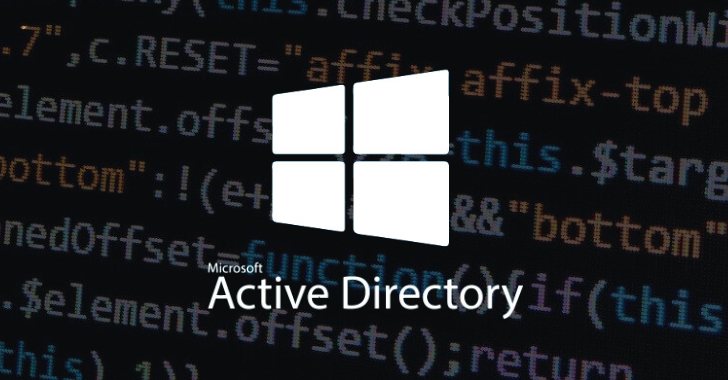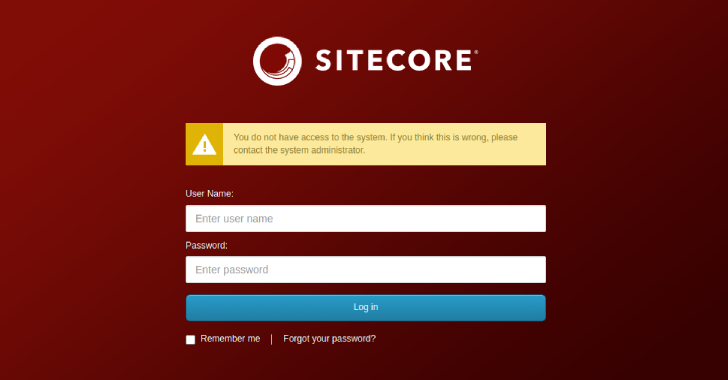Online voting is insecure, period. This doesn’t stop organizations and governments from using it. (And for low-stakes elections, it’s probably fine.) Switzerland—not low stakes—uses online voting for national elections. Ed Appel explains why it’s a bad idea:
Last year, I published a 5-part series about Switzerland’s e-voting system. Like any internet voting system, it has inherent security vulnerabilities: if there are malicious insiders, they can corrupt the vote count; and if thousands of voters’ computers are hacked by malware, the malware can change votes as they are transmitted. Switzerland “solves” the problem of malicious insiders in their printing office by officially declaring that they won’t consider that threat model in their cybersecurity assessment.
But it also has an interesting new vulnerability:
The Swiss Post e-voting system aims to protect your vote against vote manipulation and interference. The goal is to achieve this even if your own computer is infected by undetected malware that manipulates a user vote. This protection is implemented by special return codes (Prüfcode), printed on the sheet of paper you receive by physical mail. Your computer doesn’t know these codes, so even if it’s infected by malware, it can’t successfully cheat you as long as, you follow the protocol.
Unfortunately, the protocol isn’t explained to you on the piece of paper you get by mail. It’s only explained to you online, when you visit the e-voting website. And of course, that’s part of the problem! If your computer is infected by malware, then it can already present to you a bogus website that instructs you to follow a different protocol, one that is cheatable. To demonstrate this, I built a proof-of-concept demonstration.
Appel again:
Kuster’s fake protocol is not exactly what I imagined; it’s better. He explains it all in his blog post. Basically, in his malware-manipulated website, instead of displaying the verification codes for the voter to compare with what’s on the paper, the website asks the voter to enter the verification codes into a web form. Since the website doesn’t know what’s on the paper, that web-form entry is just for show. Of course, Kuster did not employ a botnet virus to distribute his malware to real voters! He keeps it contained on his own system and demonstrates it in a video.
Again, the solution is paper. (Here I am saying that in 2004.) And, no, blockchain does not help—it makes security worse.





